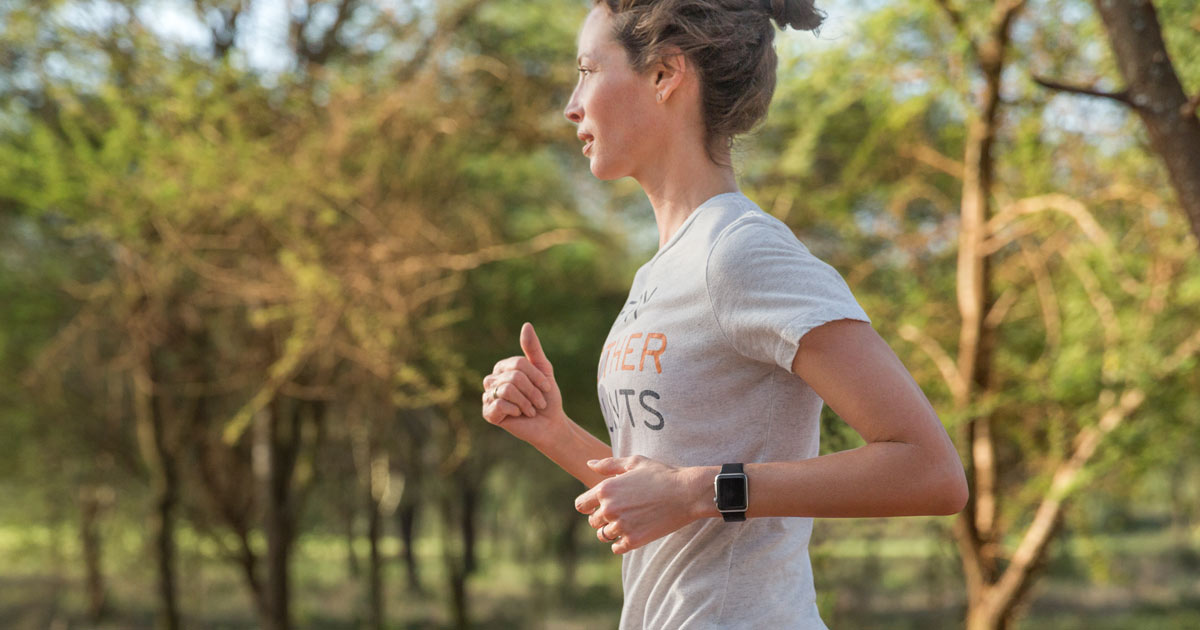Digital fitness devices monitor health and activity, improve outcomes
“If we can get people more involved in their care and help them get in better shape, then everyone wins – patients, physicians, and the entire health care system.” Claudette Lajam MD.
Apps allow patients to share data with their doctor.
ORLANDO, Florida – Many orthopaedic patients are eager to track and improve their health and progress before, during and after treatment. A digital fitness device, technology already owned by 1 in 10 Americans, provides a unique opportunity for patients to monitor their activity levels, medication use, weight, sleep patterns, rehabilitation progress, and other personal health data, ultimately empowering them to improve clinical outcomes, according to a study presented today at the 2016 Annual Meeting of the American Academy of Orthopaedic Surgeons (AAOS).
EurekAlert! March 4, 2016
The study is the first to objectively review applications of these devices specifically for orthopaedic care. With consumer sales soaring, “fitness devices have the potential to transform orthopaedic care,” said lead study author Claudette Lajam MD, an assistant professor of orthopaedic surgery at NYU Langone Medical Center. “If we can get people more involved in their care and help them get in better shape, then everyone wins – patients, physicians, and the entire health care system.”
Researchers analyzed activity tracking, cost, interfaces, location of devices on the body, and other relevant features for 28 health devices named the most popular by top consumer tech magazines. The most common features were a pedometer (tracking distance traveled), in addition to monitors for heart rate, sleep and caloric intake, although many other features were available.

Christy Turlington. Apple photo.
Dr. Lajam said data generated by fitness devices can be applied across different levels of orthopaedic care:
- Non-surgical patients can track behavior, activity levels and medication use and alter these factors to lose weight and maintain the best possible function in their extremities.
- Pre-operative patients can reduce risk for post-operative complications by reducing their weight, preventing diabetes through glucose monitoring, and identifying sleep disorders.
- Post-operative patients can evaluate rehabilitation progress and surgical outcomes by measuring walking distances and stairs climbed, and alter physical therapy for better recovery.
If authorized by patients, this data also can be sent to their doctor and health care team, via apps that interface with Apple HealthKit, Google Fit, and Microsoft HealthVault and electronic medical record systems.
Dr. Lajam said that with heightened emphasis on patient engagement and accountability, devices are an easy way for patients and physicians to share and document long-term activity. The study did not recommend specific devices, determine treatments based on information, or assess accuracy of data produced by the devices.
“We urge developers of these technologies to work with surgeons, patients, payers and hospitals to create meaningful applications that optimize patient care,” Dr. Lajam said.
Source American Academy of Orthopedic Surgeons AAOS via EurekAlert! AAAS
| References |
Fitness Tracking Devices: Applications in Orthopaedics, Dalibel M. Bravo MD, Stephanie Swensen MD, Claudette M. Lajam MD. American Academy of Orthopaedic Surgeons AAOS, 2016 Annual Meeting, Orlando Florida.
Also see
Ahead of Apple CareKit’s Debut, Physicians Still Skeptical of Health Apps IEEE Spectrum
Fitness devices useful in orthopedic surgery – could offer means to placate CMS Fierce Medical Devices
4 Best Tips for Using Fitness-tracking Devices Cleveland Clinic
Health apps and the sharing of information with third parties Science Daily
The Quantified Welp The Atlantic
Five Stories From the Front Lines of the “Quantified-Self” Movement IEEE Spectrum
Tech limitations inhibit consumer adoption of PHRs Health Data Management

